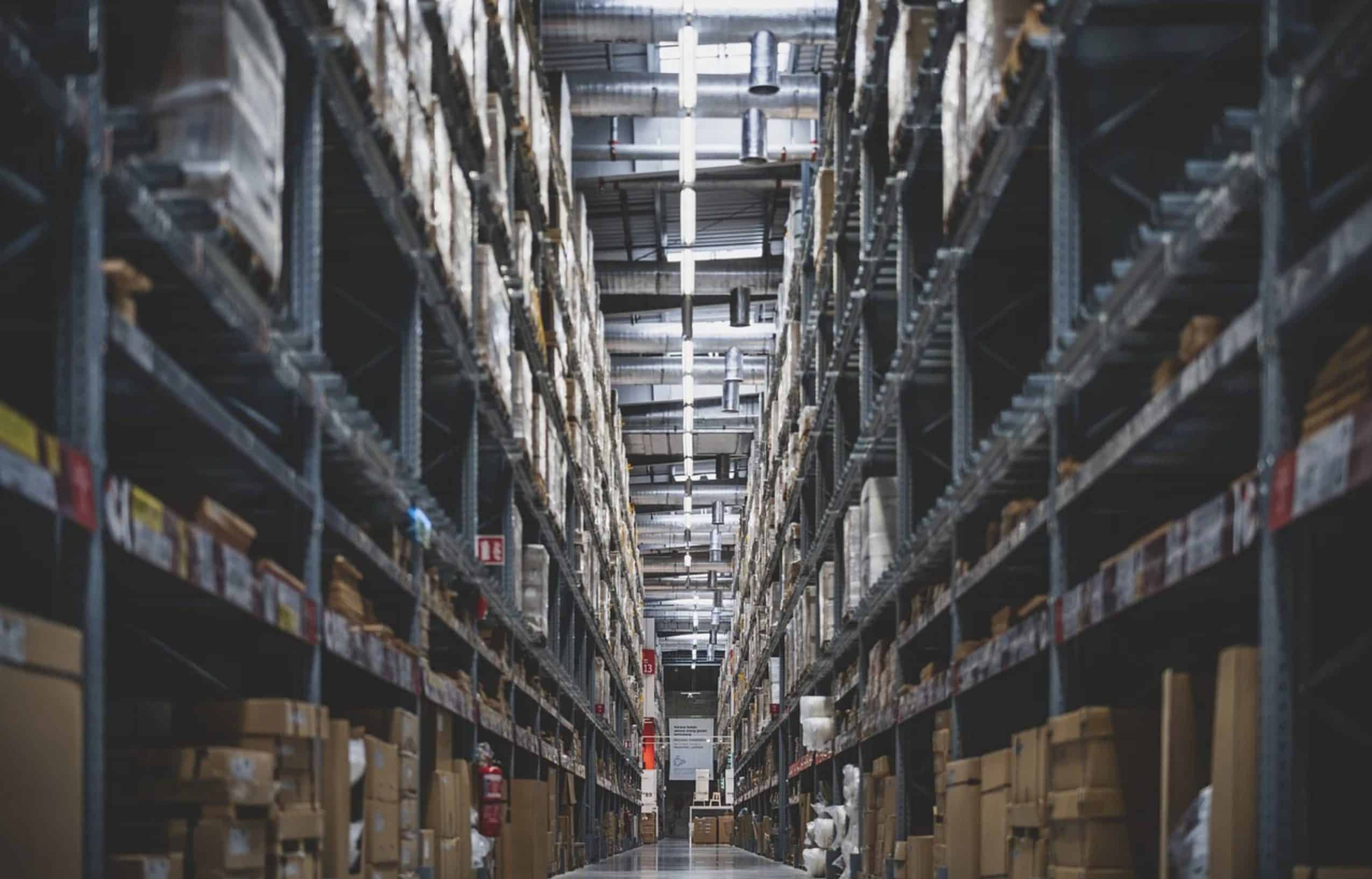
When it comes to reordering and inventory management, the sole focus before was just about optimizing inventory levels, and people weren’t looking at other factors. But what could other teams do to help improve the warehouse operations?
Several considerations are taken into account when managing warehouse operations, and one team that can help significantly is the replenishment department. The reordering process can have a positive influence on the efficiency of the operations in the warehouse. In this case, if the goods are received on time and if they are available for pick-up, there will be fewer problems with deliveries and avoiding waste.
Here are some things that replenishment teams can do to help the warehouse operations team:
Getting the Correct Product Information
There can be so many mistakes committed when getting the correct information about a specific product. This heavily impacts the whole operation, from receiving down to the picking. The right Ti Hi should be prepared and maintained, dimensions, weight, pack size, and barcodes should be accurate to have a smooth sailing process. If there was a mistake made in any of these steps, a more prolonged process will be done, with possible investigations depending on the case.
In addition to this, to ensure that the stock is rotated correctly, there should be a correct stock rotation discipline.
Order a Full Pallet for Practicality
If you are in the inventory management team, you might find it more reasonable to order whatever you need of a particular product. But sometimes, there are cases wherein this isn’t true when looking at it from another perspective. It is considered a good practice for reorder departments to get a full pallet when it seems more efficient. The manual handling is lessened in the warehouse, and regardless of increased stockholding, there will still be more ways to use the warehouse space.
Consider Order Frequency
Order frequency should always be balanced with the reorder team’s KPIs and available space in the warehouse, but it is one factor that can help warehouse operations. Some suppliers can be quite flexible with the delivery of your orders, but you should also think about weekly orders’ efficiency. This is dependent on the product shelf life, of course. But through this way, there will be lesser handling of goods.
Check Your Warehouse Space
While you consider the factors mentioned above, it is also advisable to check the available space at your warehouse in terms of space, number of reserve slots, and orders placed. It is also essential to be aware of the stockholding on bulky lines, which will affect space constraints.
The reorder department and the warehouse team should work hand in hand to check the intake and pick volumes. This is an essential part of the process, especially during the business’ peak season. There is a very negative effect on business operations if the warehouse runs out of space, so teams should assess the orders and make them a part of their review.
Goods in Scheduling
In every business, the booking of deliveries can be handled by either the recorder or warehouse teams. Should the reorder team be in charge of this, some factors need to be considered, like conforming to the goods in shift capacity and check the possible problems of handling deliveries when allocating times.
Handling the Suppliers
The reorder team may help the warehouse team by checking if the suppliers are conforming to the rules set by the business. Sometimes, problems like a poor presentation of products and date issues may arise, and so, the reorder team should assist in solving issues like these. Commercial teams may also be called if there are repeat offenders.
Management of Excess Stock
The reorder team can also help identify the slow-moving items, overstocked, or discontinued lines to utilize warehouse space. The reorder team should monitor these products and advise the warehouse team to take action once they were identified.
Good Communication
One of the keys to every relationship is good communication. If there is a set process and transparent communication between the reorder and warehouse teams, there will be a smoother flow in everyday operations.
These are several ways to manage your warehouse operations by optimizing replenishment and keeping in mind that at the end of the day, you and your team’s responsibility is to assess your current flow of operations and suggest improvements from then on.
